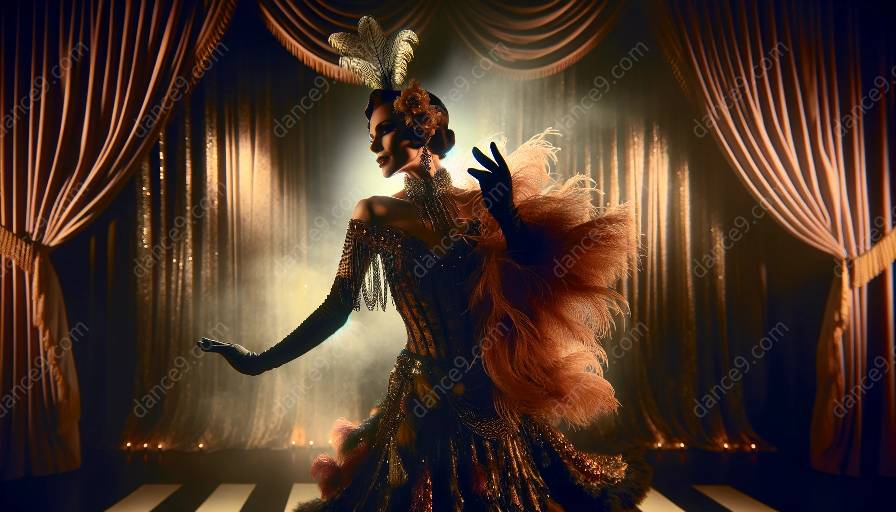Burlesque has a significant impact on the performing arts curriculum, particularly in enriching dance classes and fostering a deeper understanding of the art form. By exploring the historical significance, cultural relevance, and the benefits of its inclusion in performing arts education, we can gain insights into how burlesque contributes to a well-rounded curriculum.
Historical Significance of Burlesque
Burlesque has a rich history rooted in satire, humor, and socio-political commentary. Originating in the 19th century, burlesque performances often parodied serious theatrical works, providing a platform for social critique and satire. Its historical significance lies in its ability to challenge norms and address societal issues through the art of performance, making it a valuable addition to the performing arts curriculum.
Cultural Relevance
Within the context of dance classes and the wider performing arts, burlesque contributes to a deeper understanding of cultural expression and diversity. It represents a form of artistic expression that embraces body positivity, inclusivity, and self-confidence. By incorporating burlesque into the curriculum, students can explore cultural diversity and gain a more comprehensive understanding of performance art, thereby enriching their overall educational experience.
Benefits for Performing Arts Education
Integrating burlesque into the performing arts curriculum offers numerous benefits for students. It provides a unique perspective on movement, expression, and stage presence, enhancing the development of dance skills and performance techniques. Furthermore, burlesque encourages students to embrace creativity, individuality, and self-expression, fostering a supportive and inclusive environment within the classroom. Additionally, it promotes an understanding of the historical and cultural context of performance art, contributing to a well-rounded arts education.
Enhancing Dance Classes
Burlesque brings a distinct flavor to dance classes by introducing elements of storytelling, character development, and theatricality. It encourages students to explore the art of storytelling through movement, enhancing their ability to convey emotions and narratives through dance. The incorporation of burlesque in dance classes also promotes versatility and adaptability, providing students with a broader perspective on dance as a form of artistic expression.
Embracing Creativity and Individuality
Burlesque empowers students to embrace their creativity and individuality. It encourages them to break free from traditional norms and explore non-conventional forms of expression, thereby fostering a sense of liberation and self-confidence. This aspect of burlesque resonates deeply with the philosophy of performing arts education, which aims to nurture individuality and artistic exploration.
Conclusion
As a vibrant and dynamic art form, burlesque contributes significantly to the performing arts curriculum, particularly in the context of dance classes. Its historical significance, cultural relevance, and the multitude of educational benefits it offers make it a valuable addition to the realm of performing arts education. By embracing burlesque, students can enrich their artistic experiences, develop a deeper understanding of diverse cultural expressions, and cultivate essential skills that extend beyond the confines of traditional dance education.













































































